your real-world SFG experience
lombill
12 years ago
Related Stories
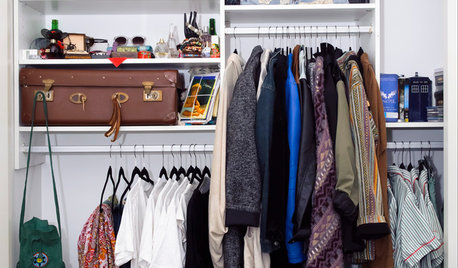
CLOSETSDesign Your Closet for the Real World
Let a professional organizer show you how to store all your clothes, shoes and accessories without blowing your budget
Full Story
LIFEThe Good House: An Experience to Remember
A home that enriches us is more than something we own. It invites meaningful experiences and connections
Full Story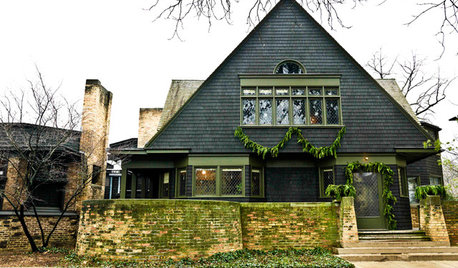
MOST POPULARExperience the Holidays at Frank Lloyd Wright's Home and Studio
Handmade decorations, greenery and gifts show how the famed architect and his family celebrated Christmas in their Oak Park home
Full Story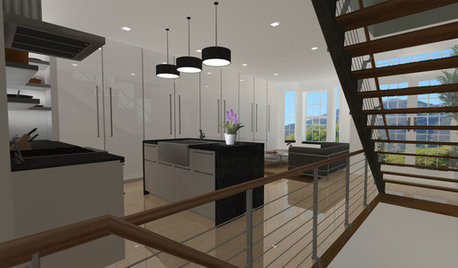
THE ART OF ARCHITECTUREExperience Your New Home — Before You Build It
Photorealistic renderings can give you a clearer picture of the house you're planning before you take the leap
Full Story
LIFEIs Cabin Fever Real? Share Your Story
Are snow piles across the U.S. leading to masses of irritability and boredom? We want to hear your experience
Full Story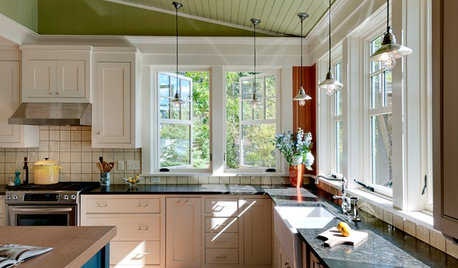
REMODELING GUIDESWhich Window for Your World?
The view and fresh air from your windows make a huge impact on the experience of being in your house
Full Story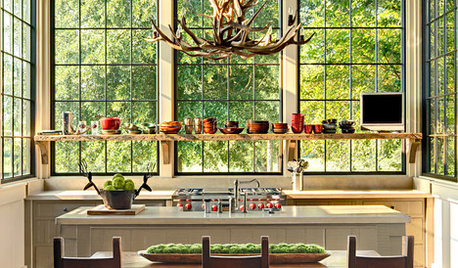
REMODELING GUIDESHigh Style for Real Life
Your home may be gorgeous, but does it enrich your life? Below, some tips for a soul-satisfying mix of high style and functionality
Full Story
TRAVEL BY DESIGN11 Amazing Home-Away-From-Home Tree Houses Around the World
Go climb a tree — and spend the night. Tree house hotels and lodges are booming as exotic vacation alternatives
Full Story
FUN HOUZZWorld of Design: 10 Unconventional Homes Packed With Personality
Life inside a former church, missile silo or greenhouse? Be it in Japan, Denmark or somewhere in between, not every home begins as a house
Full Story





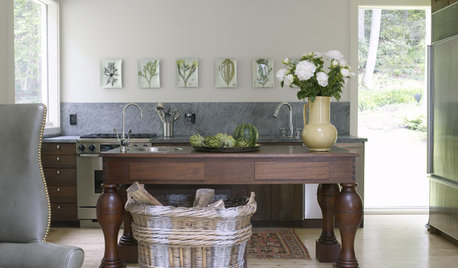
ralleia
gunnersm8
Related Professionals
Camas Landscape Architects & Landscape Designers · Salem Landscape Architects & Landscape Designers · Southfield Landscape Architects & Landscape Designers · Brookfield Landscape Contractors · Downey Landscape Contractors · Fort Worth Landscape Contractors · Hampton Bays Landscape Contractors · Hawthorne Landscape Contractors · River Ridge Landscape Contractors · Santa Ana Landscape Contractors · Vacaville Landscape Contractors · Wallingford Landscape Contractors · Folsom Fence Contractors · Mays Chapel Fence Contractors · West Sacramento Fence Contractorsplanleaf3
lgteacher
threedogsmom
gunnersm8
snibb
lombillOriginal Author
tuscanseed
cambition
happyintexas
stonegrowngarden
momstar
snibb
planleaf3
snibb
planleaf3